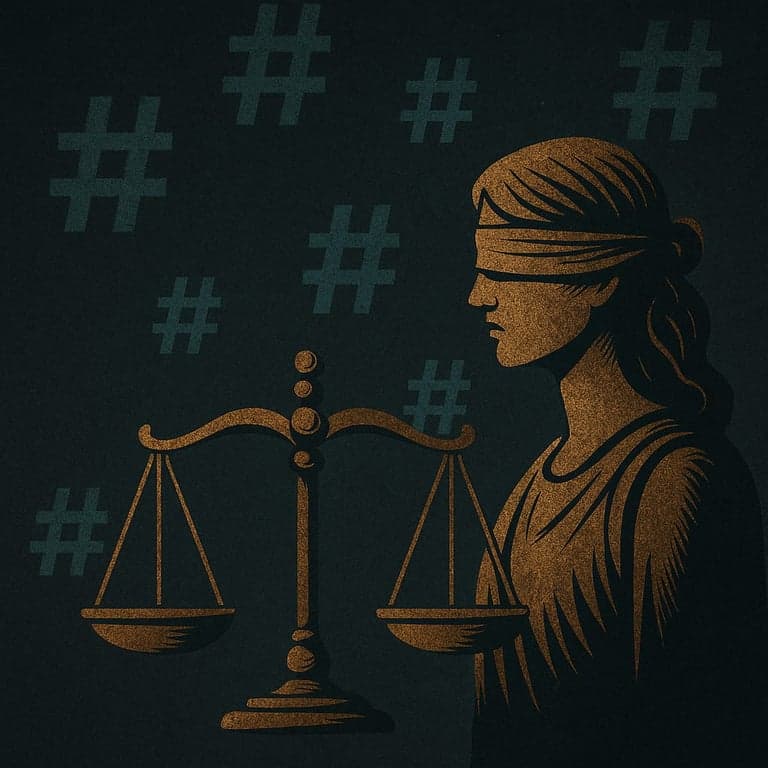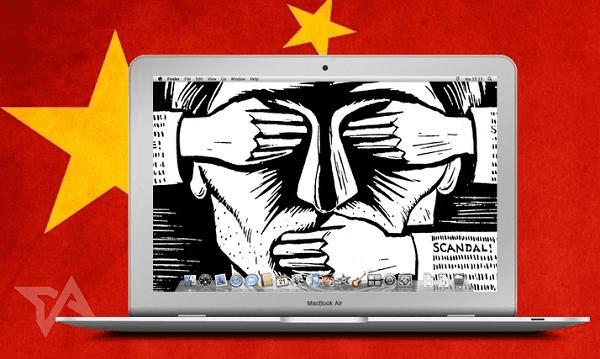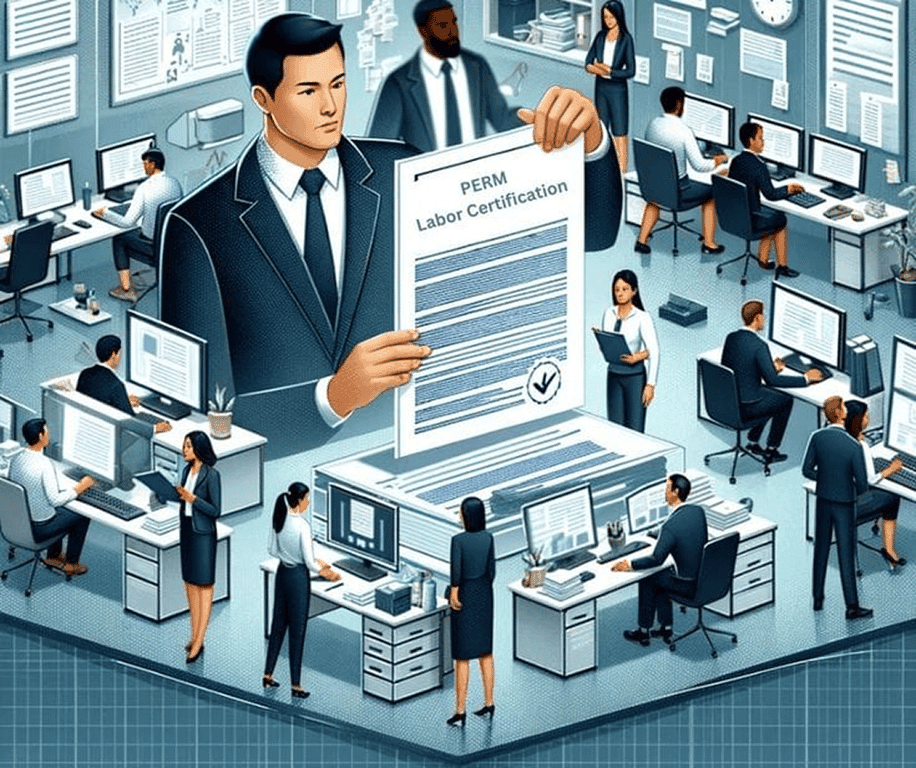 The rise of cancel culture , a significant force in shaping the public reaction. When described in a rough manner , cancel culture can refer to the collective withdrawal of support from public figures and faces. A person or a company generally only gets cancelled if they make a statement that's offensive , inappropriate or is racially objectionable. Some argue that cancel culture is necessary to make sure everyone stays accountable and within their boundaries but on the other hand , some say that it prevents free expression and encourages a culture full of fear and intolerance .
The rise of cancel culture , a significant force in shaping the public reaction. When described in a rough manner , cancel culture can refer to the collective withdrawal of support from public figures and faces. A person or a company generally only gets cancelled if they make a statement that's offensive , inappropriate or is racially objectionable. Some argue that cancel culture is necessary to make sure everyone stays accountable and within their boundaries but on the other hand , some say that it prevents free expression and encourages a culture full of fear and intolerance .
In today's hyper connected world , the phenomenon of cancel culture has come to occupy a central space in public discourse. Cancel culture can result in boycotts. professional consequences, social ostracization , or damage one's public image What makes cancel culture so contentious is that it operates at the intersection of justice , social activism and communication- an unregulated sphere where outrage, accountability and free expression collide.
Historical Context
Cancel culture did not emerge in a vacuum. It draws on long traditions of protest and collective action. Societies have always found ways to exclude or punish those who violated the community norms. What distinguishes cancel culture today is it'sdigital immediacy and it's decentralized nature.
Cancel culture as a form of Grassroots Accountability
One of the strongest arguments in support of cancel culture is that it provides a way for communities to hold powerful individuals and institutions accountable especially when the usual mechanisms fail . In contrast , cancel culture is immediate, visible and participatory. It shifts the power to call out wrong doing from gatekeepers to the broader public. For marginalized groups, cancel culture has become a critical tool for challenging oppressive behaviours that might go unchecked. Movements such as #MeToo have revealed patterns of abuse in industries like film , politics, media , where survivors previously had little recourse . In cases like such , public exposure- often accompanied by collective outrage- resulted in real consequences for the perpetrators, ranging from loss of employment to criminal investigations. Without cancel culture, many of these stories might never have come to light. Cancel culture often forces institutions to examine their practices and policies. Companies are increasingly expected to respond to social concerns. Perhaps , one of the most positive outcomes of cancel culture is its role in elevating the voices of those who have been historically silenced. In this way, cancel culture acts not just as a corrective for individuals , but as a driver of institutional change.
An example to be noted: public figures who have made racially insensitive remarks are often held accountable by audiences who no longer tolerate casual bigotry or cultural appropriation. The visibility of such accountability can encourage more responsible public discourse, especially among influential figures. It can also serve as a warning against perpetuating harmful stereotypes or using positions of influence irresponsibly.
Moreover, cancel culture challenges the idea that freedom of speech should be consequence free . It promotes the notion that speech, especially when it causes harm, should carry social repercussions. Just as individuals have right to speak freely, others have the right to respond , criticize and withdraw support. One of the central arguments in favor of cancel culture is that it enables ordinary people to demand accountability in ways that traditional institutions often fail to provide. For many marginalized communities, the justice system, corporate governance structures, and media institutions have historically neglected their voices. Social media has democratized the ability to speak out and galvanize support, especially in the face of systemic injustice. When mainstream channels refuse to act, cancel culture can serve as a tool for public reckoning.
Consider instances where celebrities have been exposed for using racist, sexist, or homophobic language, or where corporations have been held responsible for unethical labor practices. The resulting backlash, sometimes culminating in financial losses or job termination, may serve not only as punishment but also as deterrent. In such cases, cancel culture functions as a form of modern activism, promoting a more ethical and inclusive culture by shining a spotlight on problematic behaviors that might otherwise be normalized or ignored.
The Dangers of Overreach and Intolerance
The potential for misuse and excess within cancel culture is undeniable. Critics argue that it often operates without clear standards, relying instead on emotional reactions and social pressure. This lack of consistency can lead to disproportionate consequences. Individuals may be canceled for offenses that range dramatically in severity—from criminal behavior to poorly worded jokes or controversial opinions. In some cases, a single misstep can result in career-ending fallout, even when the behavior occurred years earlier or was taken out of context.
Such outcomes raise serious concerns about proportionality and due process. Unlike the legal system, cancel culture does not require evidence, fairness, or an opportunity for defense. It often plays out in the court of public opinion, where nuance and empathy are easily overshadowed by viral outrage. Once someone is labeled problematic, the stigma can be difficult to reverse, regardless of the individual’s intent or efforts at making amends.
Furthermore, cancel culture can suppress free expression by creating a climate of fear and self-censorship. Writers, academics, comedians, and public intellectuals have expressed concern that even engaging with controversial topics—or offering unpopular perspectives—can result in personal attacks or career consequences. This chilling effect can discourage open dialogue, innovation, and the kind of critical thinking that democratic societies rely on. Instead of encouraging growth and understanding, cancel culture may reinforce conformity and ideological purity, leaving little room for constructive disagreement.
Despite its strengths, cancel culture is not without significant flaws. Chief among them is the tendency toward overreach. Not all cancellations involve serious misconduct; some stem from statements taken out of context, actions from decades ago, or differences of opinion. In many instances, individuals have been targetedfor minor infractions, unintentional mistakes, or controversial viewpoints, resulting in consequences that far outweigh the offense.
This leads to a broader concern: cancel culture often lacks proportionality and due process. Unlike legal proceedings, cancellations are driven by public sentiment, which can be volatile and unforgiving. Once an accusation goes viral, the damage to one’s reputation, career, and mental health may be irreversible—even if later disproven. The absence of nuance and critical thinking in many online discussions can reduce complex issues to binary judgments: guilty or innocent, good or bad, cancel or support.
In such an environment, even well-intentioned criticism can devolve into online mobbing, where harassment, threats, and dogpiling replace meaningful dialogue. This phenomenon not only harms individuals but corrodes the broader culture of accountability. When outrage becomes performative or vengeful, it distracts from the pursuit of justice and undermines genuine efforts to address systemic issues.
Moving Forward: The Era of Accountability
The future of cancel culture depends on the ability to balance accountability with compassion, justice with fairness, and activism with open discourse. A healthy society must be able to confront wrongdoing and hold people accountable, but it must also allow for learning, dialogue, and second chances. The goal should not be to silence or destroy, but to challenge and correct.
This means fostering a culture that differentiates between harmful actions and honest mistakes, between malice and ignorance. It means encouraging public figures to take responsibility and grow, rather than merely perform damage control. And it means creating spaces for discussion rather than division.
Education, context, and empathy should play a greater role in these conversations. Instead of instantly canceling someone, communities might focus on restorative practices—encouraging individuals to listen, apologize, and make tangible efforts to change. This model not only promotes accountability but also models the values of humility, growth, and mutual respect.
To move beyond the extremes of cancel culture, society must reimagine it as a process rooted in accountability, empathy, and growth rather than punishment and public shaming. Rather than silencing individuals for past mistakes or unpopular opinions, we should distinguish between intentional harm and ignorance, allowing space for dialogue, education, and redemption. A more constructive approach would prioritize proportional responses, restorative practices, and ethical reflection, encouraging people to learn and improve rather than be permanently cast out. Cancel culture should evolve into a system that challenges harmful behavior while also upholding the values of free expression, due process, and the belief in personal growth. Only then can it serve as a meaningful tool for justice, rather than a mechanism of fear or conformity.
Cancel culture remains one of the most polarizing and complex phenomena of the digital age. It is both a powerful form of social accountability and, at times, a destructive force that can silence dissent, oversimplify issues, and rob individuals of the opportunity to grow. At its best, cancel culture enables historically marginalized voices to challenge injustice, demand change, and hold the powerful accountable in ways traditional systems often fail to do. Movements like #MeTooand #BlackLivesMatter have shown how collective digital action can expose systemic abuses and force public institutions to respond. Yet, cancel culture also carries the risk of overreach, reducing nuanced situations to binary judgments and encouraging performative outrage over thoughtful critique. In its most punitive forms, it can lead to disproportionate consequences, erode open dialogue, and create a climate of fear that stifles free expression.
To ensure cancel culture fulfills its potential as a force for justice rather than intolerance, a reformation is necessary—one rooted in ethical discernment, proportionality, and compassion. We must learn to differentiate between serious harm and human error, between systemic abuse and isolated missteps. Responses to wrongdoing should be informed by context and intention, and include the possibility for education, apology, and redemption. Public discourse must move beyond a simplistic cancel-or-defend mentality and embrace a more restorative approach—one that invites growth, prioritizes healing, and recognizes the dignity of all individuals, even those who fall short. Calling out should be balanced with calling in: offering space for dialogue and transformation rather than permanent exile.
Moreover, as participants in the digital public sphere, individuals must cultivate critical thinking and emotional responsibility. Outrage should not substitute for understanding, and the power to call attention to injustice must be wielded with care. Media platforms and educational institutions also have a role to play in fostering digital literacy and promoting civil discourse.
Ultimately, cancel culture reflects broader tensions in our society—between justice and mercy, speech and consequence, accountability and forgiveness. If approached with integrity, it can become not just a symbol of cultural reckoning but a tool for meaningful progress. By transforming cancel culture into a more thoughtful, compassionate, and inclusive practice, we can better align our pursuit of justice with the values of empathy, dialogue, and collective growth.
Written by Myra Khanna


